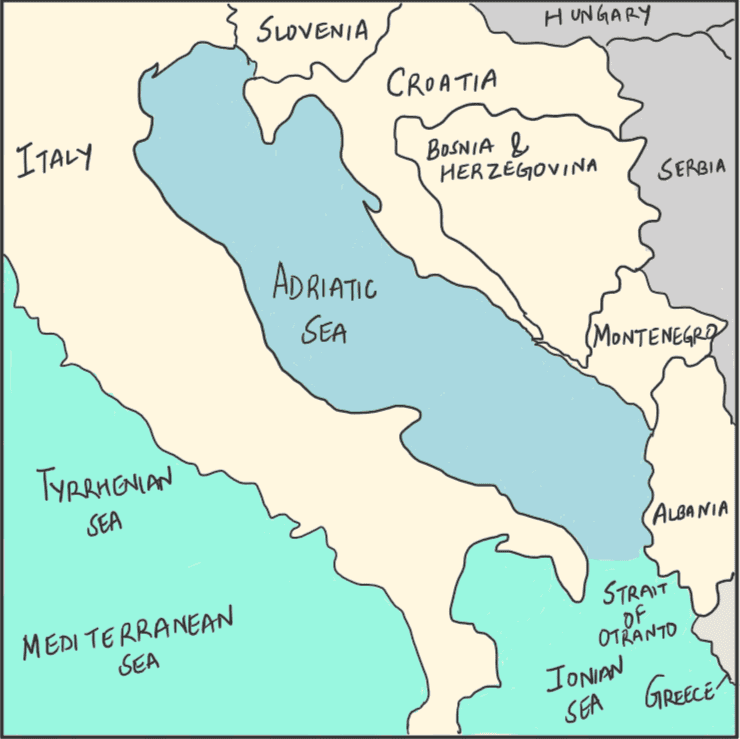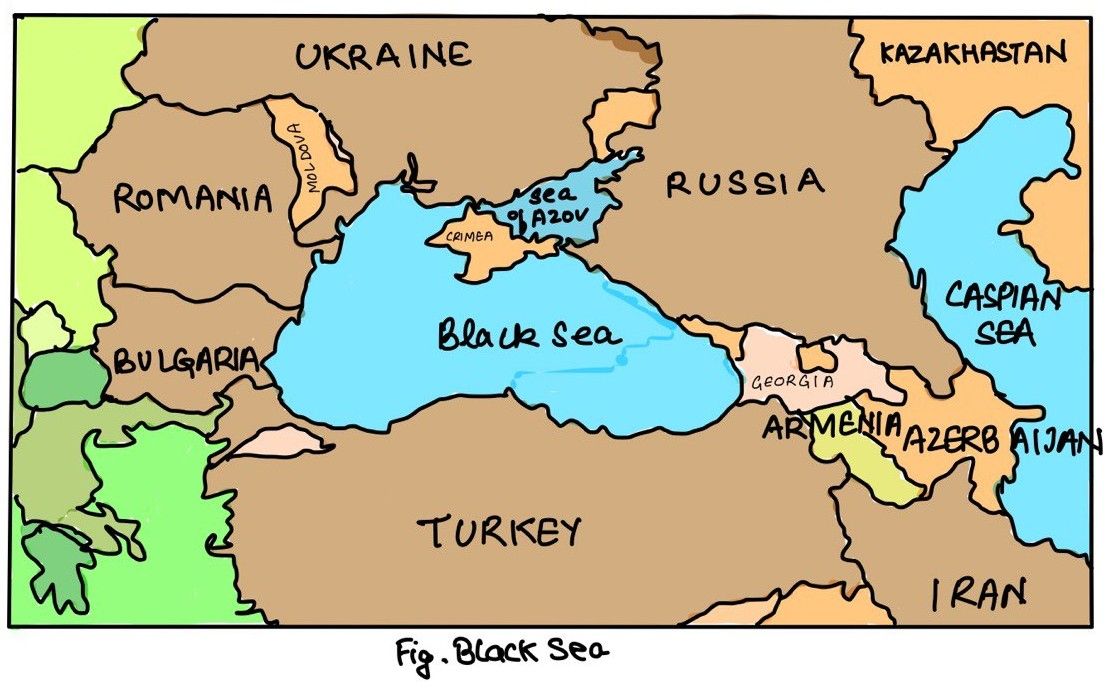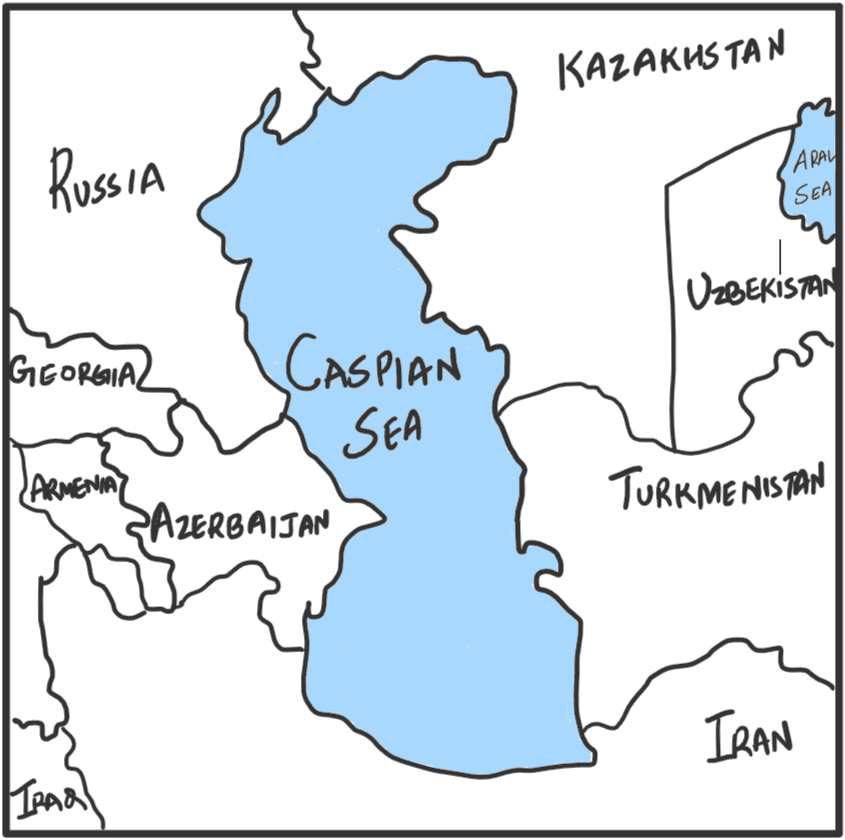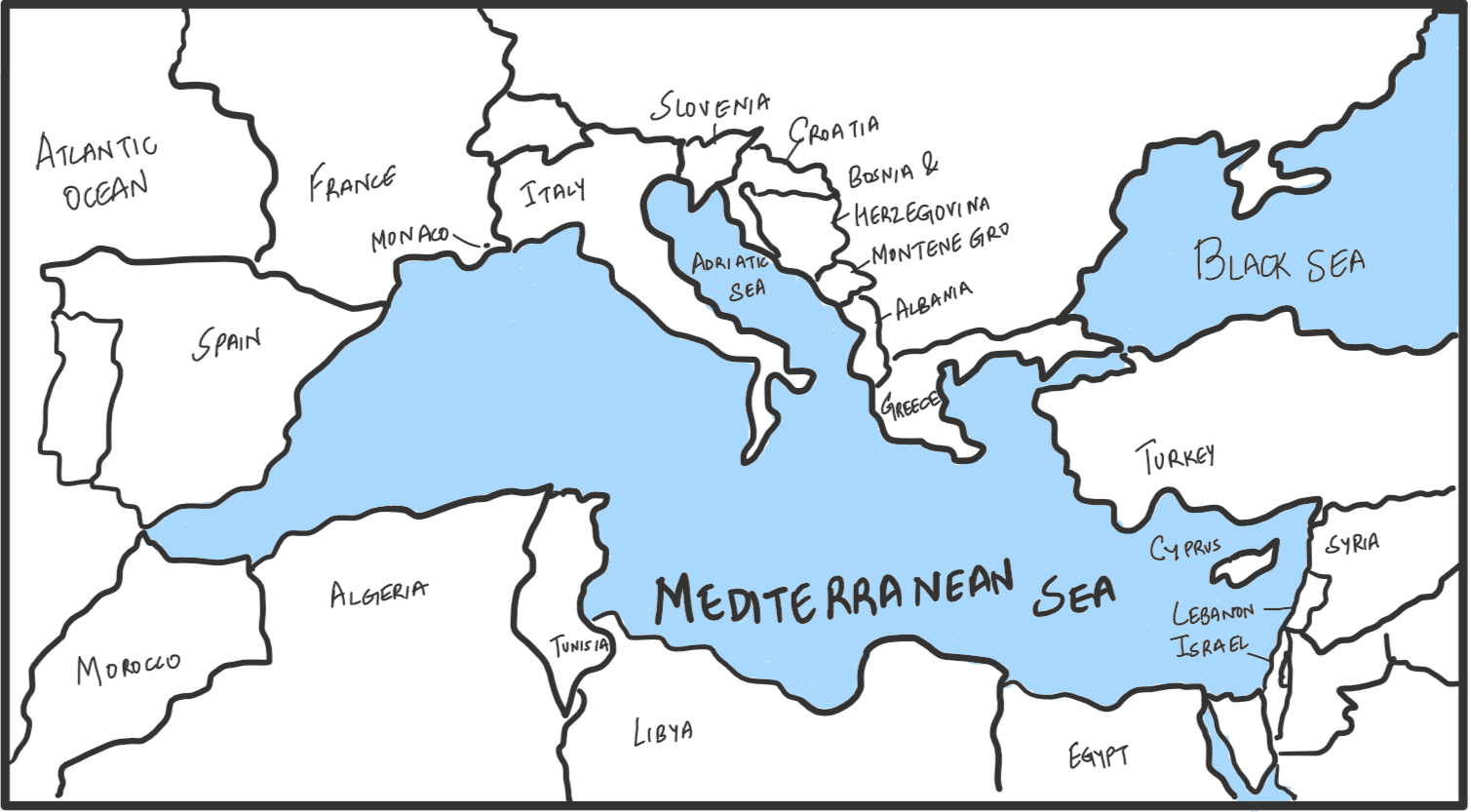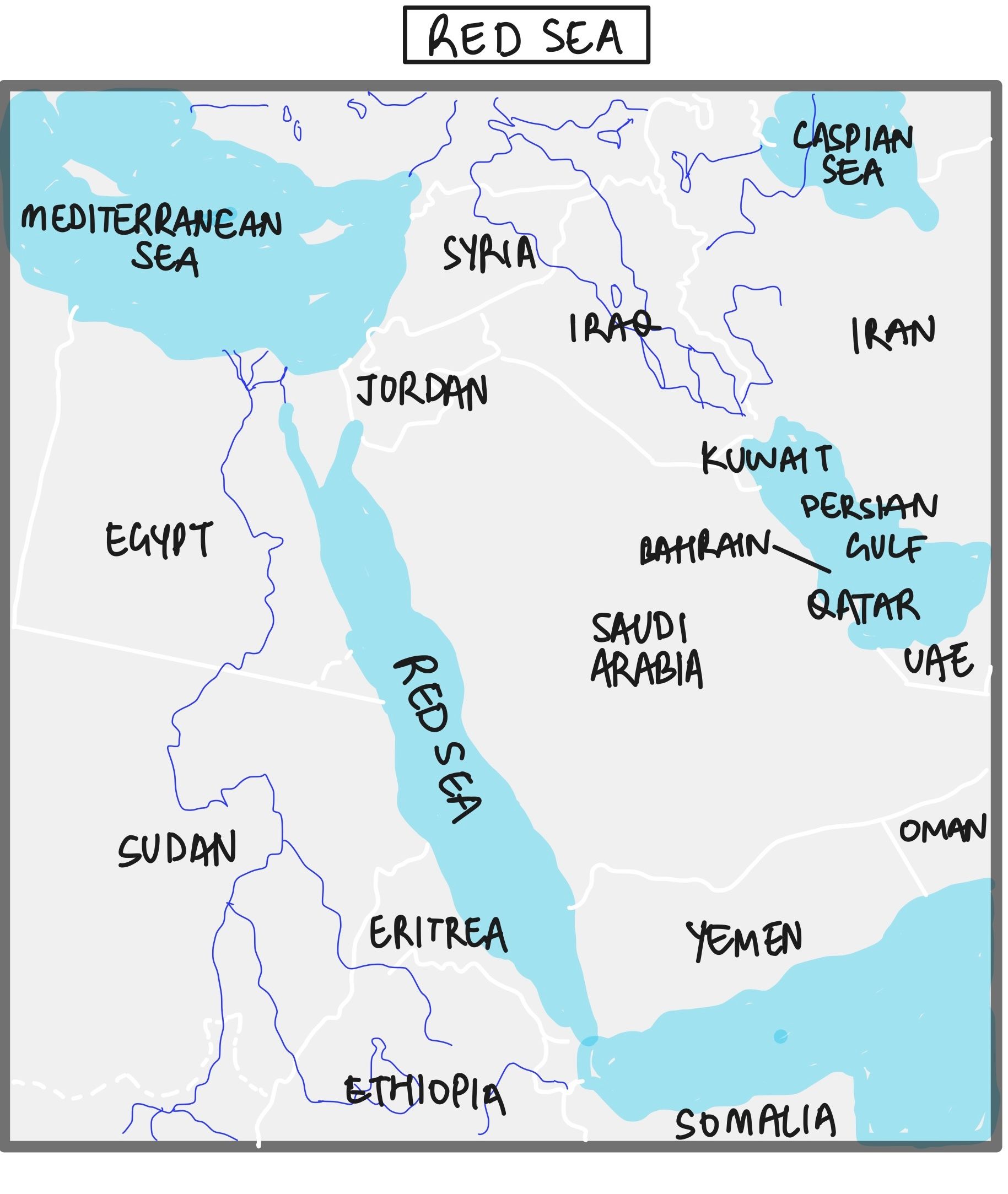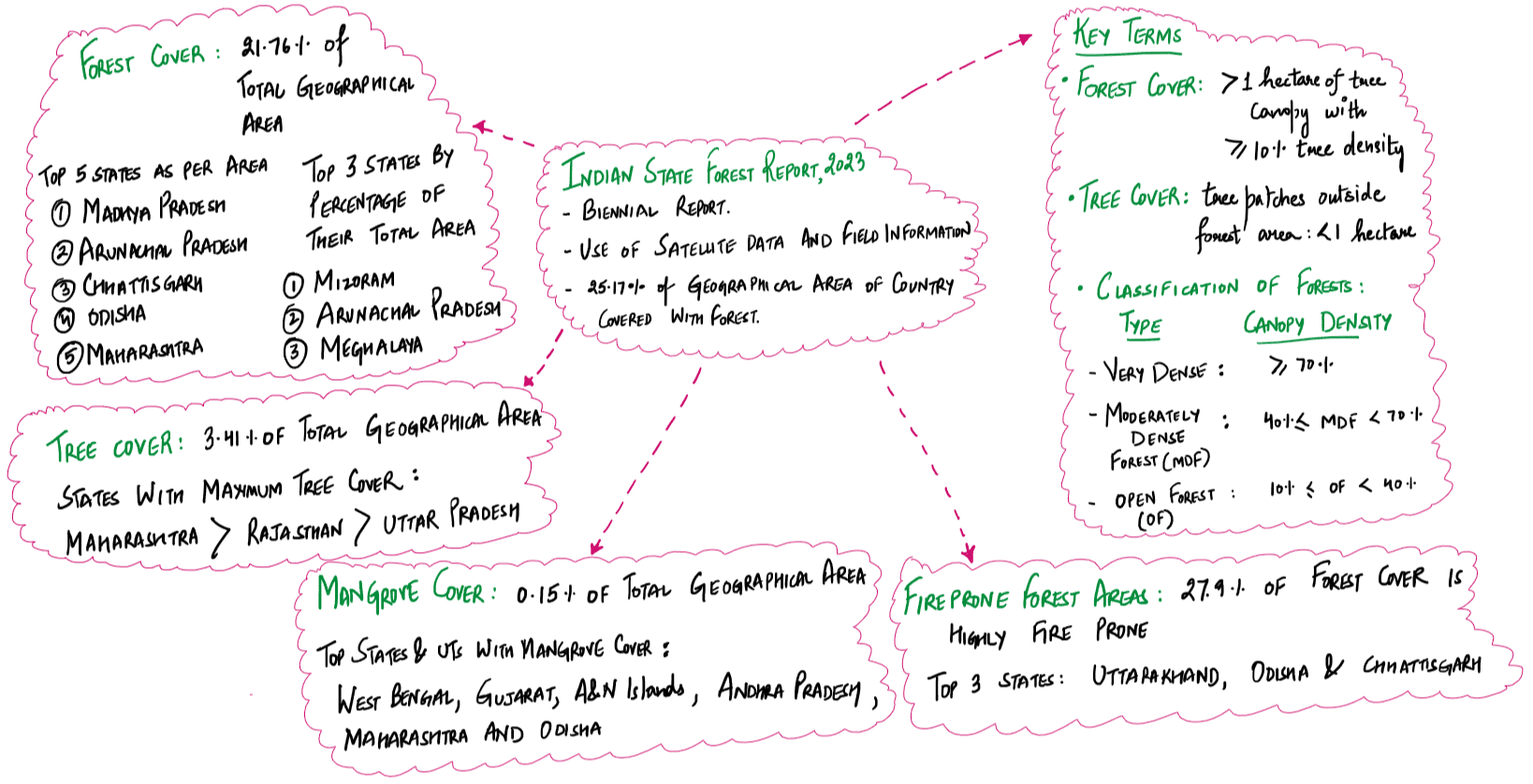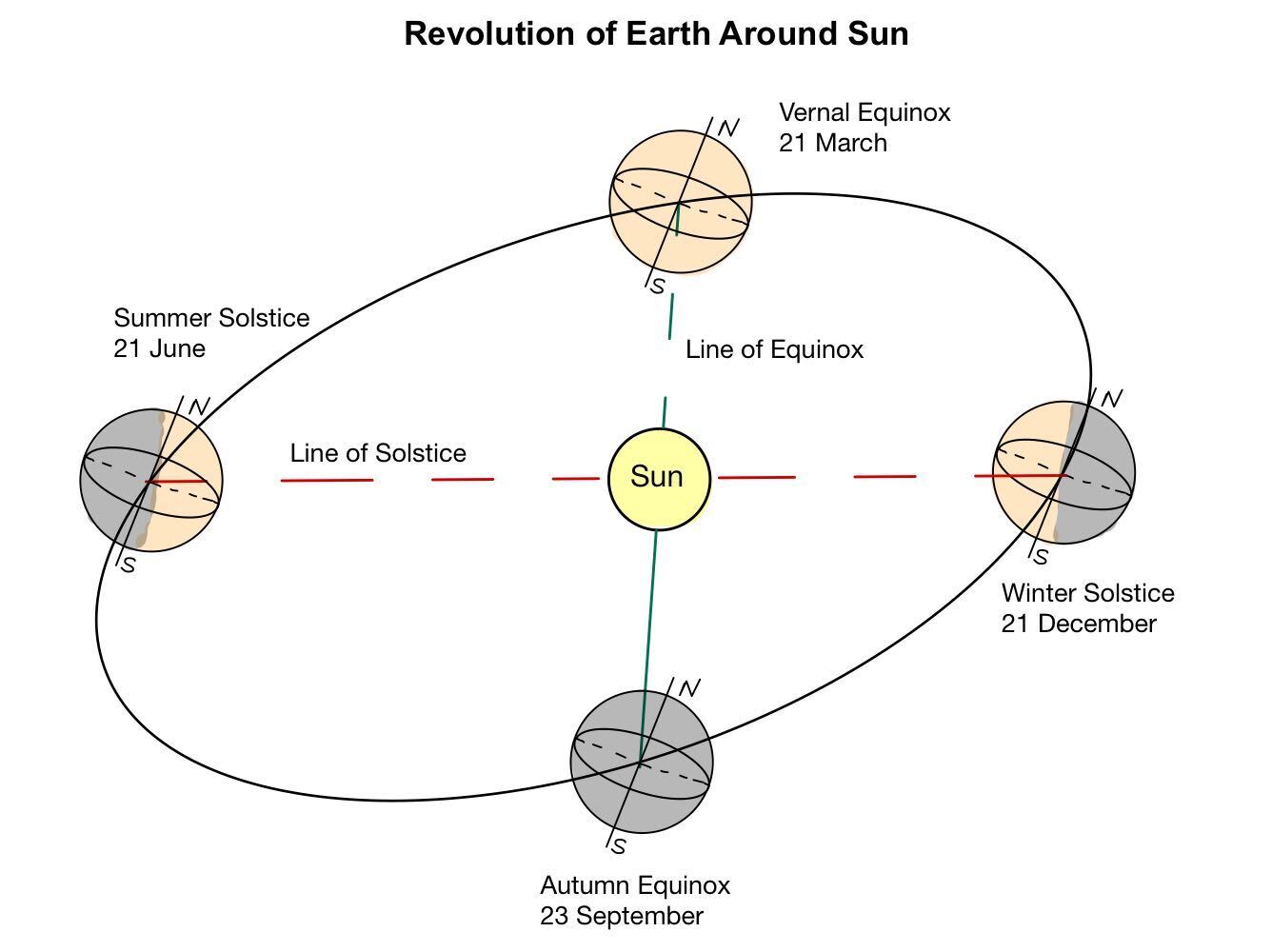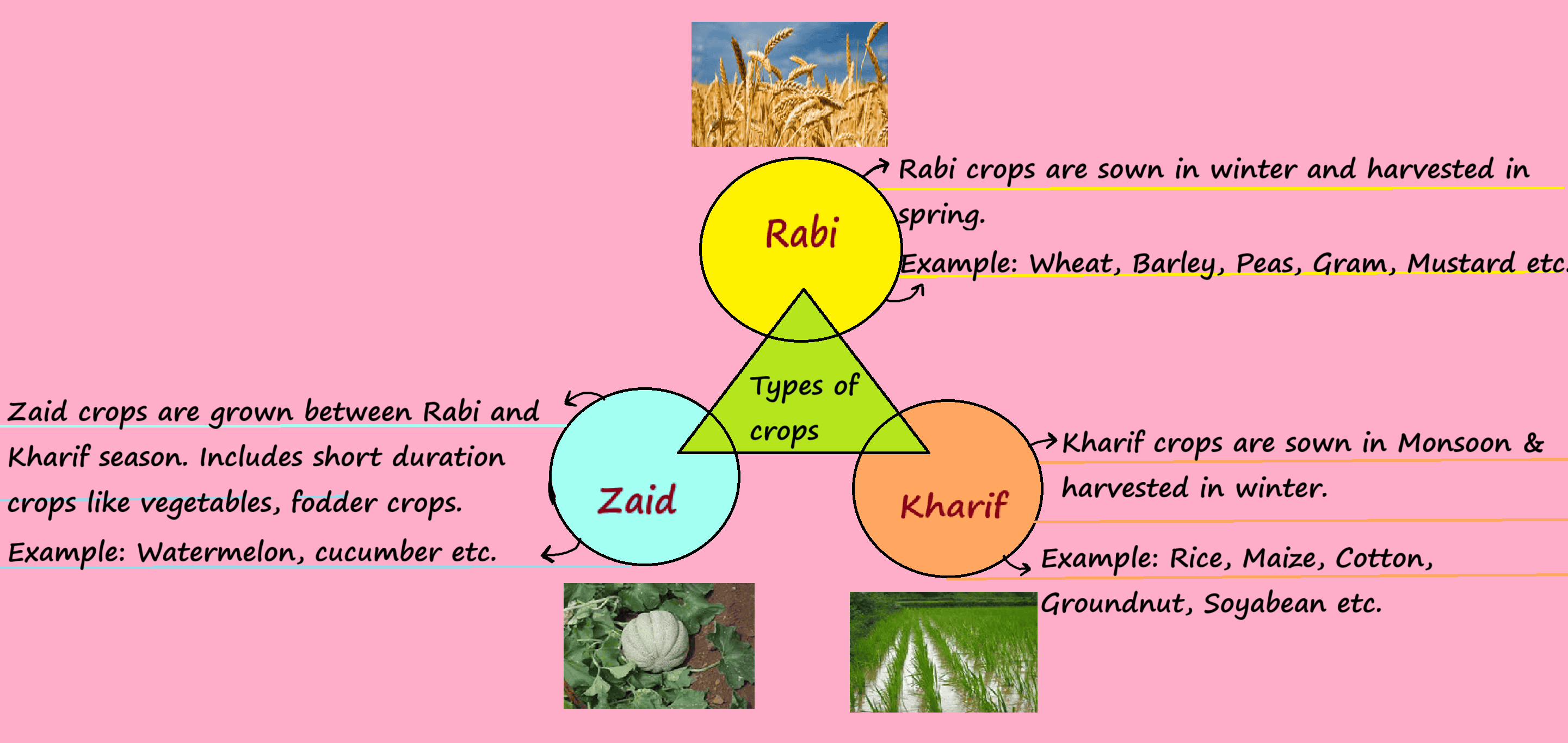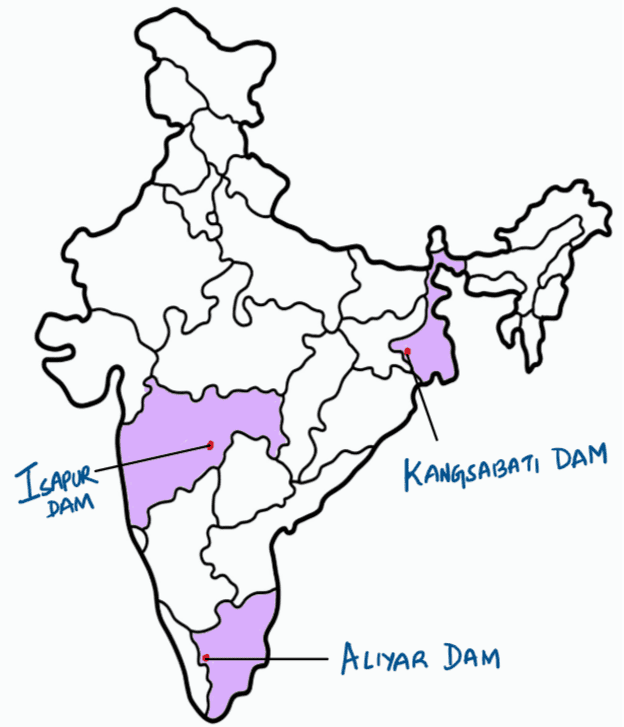UPSC Prelims 2019 Analysis
Subject wise MCQ distribution
- Economy had the highest number of questions (21), with a special focus on the banking sector, making it the most important subject.
- Environment & Ecology followed with 18 questions, highlighting its significance due to the Forest Service prelims merging with the Civil Services Prelims.
- Science & Technology was another key area, contributing 15 questions, with a major focus on biotechnology and related current affairs.
- Indian Polity remained crucial, featuring 13 questions.
- Modern History had a relatively lower weightage, with only 6 questions.

Difficulty analysis
- Medium Questions (45) formed the largest portion, requiring a blend of static and current knowledge with strong analytical abilities.
- Hard Questions (31) were conceptually tricky and usually lowered the cutoff. A strategic approach involved eliminating high-risk questions and attempting only those with certainty.
- Easy Questions (24) were straightforward and should have been attempted with maximum accuracy to gain easy marks.

Variations in Question framing
- The paper was evenly split between multi-statement and direct questions.
- Multi-statement questions held a slight majority, making the paper lengthy and increasing the risk of errors, as each statement had to be analyzed carefully.
- However, multi-statement questions also allowed for option elimination, enabling candidates to answer with limited information.

Key learning for Future Preparation
- Prioritize Key Subjects: Allocate more time to Polity, Economy, and Environment, as they consistently have higher weightage.
- Integrate Current Affairs: Link recent developments with syllabus topics for better retention.
- Develop Analytical Thinking: Focus on the why behind policies, events, and phenomena, rather than just memorizing facts.
- Revise Regularly: Reinforce concepts through periodic revisions and multiple mock tests.
- Master Multi-Statement Questions: Practice elimination techniques to improve accuracy in multi-statement questions.
- Practice PYQs: Understand important areas from the examiner’s perspective and familiarize yourself with option elimination techniques.
Subject-Wise Answer Key
QUESTION 1
Hard
Indian Geography
Prelims 2019
Consider the following pairs:
Famous place : River
- Pandharpur : Chandrabhaga
- Tiruchirappalli : Cauvery
- Hampi : Malaprabha
Which of the pairs given above are correctly matched?
A. 1 and 2 only
B. 2 and 3 only
C. 1 and 3 only
D. 1, 2 and 3
QUESTION 2
Medium
World Geography
Prelims 2019
Consider the following pairs:
| Sea Bordering | Country |
|---|---|
| 1. Adriatic Sea | Albania |
| 2. Black Sea | Croatia |
| 3. Caspian Sea | Kazakhstan |
| 4. Mediterranean Sea | Morocco |
| 5. Red Sea | Syria |
Which of the pairs given above are correctly matched?
A. 1, 2 and 4 only
B. 1, 3 and 4 only
C. 2 and 5 only
D. 1, 2, 3, 4 and 5
QUESTION 3
Hard
Indian Geography
Prelims 2019
Consider the following states:
- Chhattisgarh
- Madhya Pradesh
- Maharashtra
- Odisha
With reference to the States mentioned above, in terms of percentage of forest cover to the total area of State, which one of the following is the correct ascending order?
A. 2-3-1-4
B. 2-3-4-1
C. 3-2-4-1
D. 3-2-1-4
QUESTION 4
Medium
Physical Geography
Prelims 2019
On 21st June, the Sun
A. does not set below the horizon at the Arctic Circle
B. does not set below the horizon at Antarctic Circle
C. shines vertically overhead at noon on the Equator
D. shines vertically overhead at the Tropic of Capricorn
QUESTION 5
Hard
Indian Geography
Prelims 2019
With reference to the cultivation of Kharif crop in India in the last five years, consider the following statements:
- Area under rice cultivation is the highest.
- Area under the cultivation of jowar is more than that of oilseeds.
- Area of cotton cultivation is more than that of sugarcane.
- Area under sugarcane cultivation has steadily decreased.
Which of the statements given above are correct?
A. 1 and 3 only
B. 2 , 3 and 4 only
C. 2 and 4 only
D. 1, 2, 3 and 4
QUESTION 6
Medium
Physical Geography
Prelims 2019
Why are dewdrops not formed on a cloudy night?
A. Clouds absorb the radiation released from the Earth’s surface.
B. Clouds reflect back the Earth’s radiation.
C. The Earth’s surface would have low temperature on cloudy nights.
D. Clouds deflect the blowing wind to ground level.
QUESTION 7
Hard
Indian Geography
Prelims 2019
Consider the following pairs :
| Glacier | River |
|---|---|
| 1. Bandarpunch | Yamuna |
| 2. Bara Shigri | Chenab |
| 3. Milam | Mandakini |
| 4. Siachen | Nubra |
| 5. Zemu | Manas |
Which of the pairs given above are correctly matched?
A. 1, 2 and 4
B. 1, 3 and 4
C. 2 and 5
D. 3 and 5
QUESTION 8
Hard
Indian Geography
Prelims 2019
What is common to the places known as Aliyar, Isa pur and Kangsabati?
A. Recently discovered uranium deposits
B. Tropical rain forests
C. Underground cave systems
D. Water reservoirs
